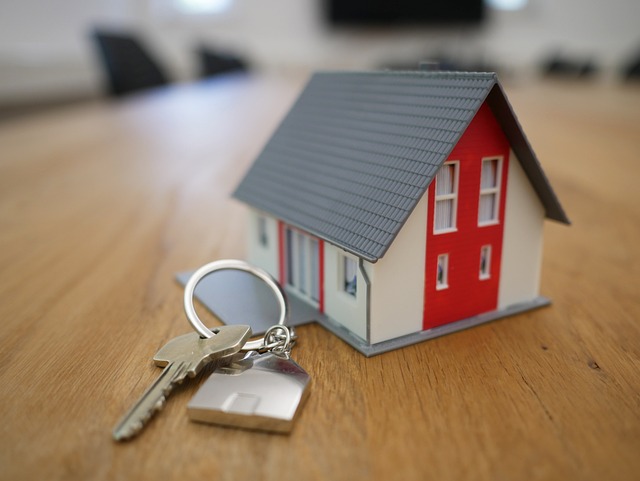The Modern Appeal of Prefabricated Homes: A Complete Guide
Prefabricated homes have revolutionized residential construction, offering a compelling blend of efficiency, sustainability, and modern design. These factory-built structures are reshaping how we think about homeownership, providing faster construction times and often more affordable housing solutions compared to traditional building methods.

Types of Prefabricated Homes
Several distinct categories of prefabricated homes exist in today’s market. Modular homes are built in multiple sections and assembled on permanent foundations. Manufactured homes, formerly known as mobile homes, are built on chassis and can be moved. Panel-built homes utilize pre-made wall sections that are assembled on-site. Each type offers unique advantages depending on budget, location, and specific needs.
Benefits of Choosing a Prefab Home
Prefabricated homes offer numerous advantages over traditional construction methods. The controlled factory environment results in less material waste and better quality control. Construction times can be reduced by up to 50% compared to site-built homes. Additionally, many prefab homes incorporate energy-efficient features and sustainable materials, leading to lower utility costs and reduced environmental impact.
Common Misconceptions About Prefab Homes
Despite their growing popularity, prefabricated homes still face some misconceptions. Many people incorrectly assume these homes are of lower quality or limited in design options. Modern prefab homes can be highly customizable and built to the same building codes as traditional homes. They can also incorporate luxury features and innovative architectural designs.
Design and Customization Options
Today’s prefabricated homes offer extensive customization possibilities. Buyers can choose from various floor plans, exterior finishes, and interior details. Modern designs range from minimalist tiny homes to luxurious multi-story residences. Many manufacturers also offer smart home technology integration and eco-friendly features as standard options.
Cost Considerations and Market Comparison
| Home Type | Average Base Cost | Typical Time to Complete |
|---|---|---|
| Basic Modular | $100,000 - $200,000 | 3-4 months |
| Custom Modular | $200,000 - $500,000 | 4-6 months |
| Luxury Prefab | $500,000+ | 6-8 months |
| Panel Built | $150,000 - $350,000 | 2-3 months |
Prices, rates, or cost estimates mentioned in this article are based on the latest available information but may change over time. Independent research is advised before making financial decisions.
The final cost of a prefabricated home depends on various factors, including size, customization level, location, and site preparation requirements. While the base price per square foot is often lower than traditional construction, additional costs such as land purchase, foundation work, and utility connections must be considered. However, the controlled manufacturing environment and shorter construction timeline can result in significant cost savings through reduced labor and material waste.
Beyond the initial purchase price, prefabricated homes can offer long-term financial benefits through energy efficiency and lower maintenance costs. Many modern prefab homes are designed with sustainable features that reduce utility expenses and maintain value over time. When considering resale value, well-maintained prefabricated homes can appreciate similarly to traditional homes, especially in areas with strong housing markets.






